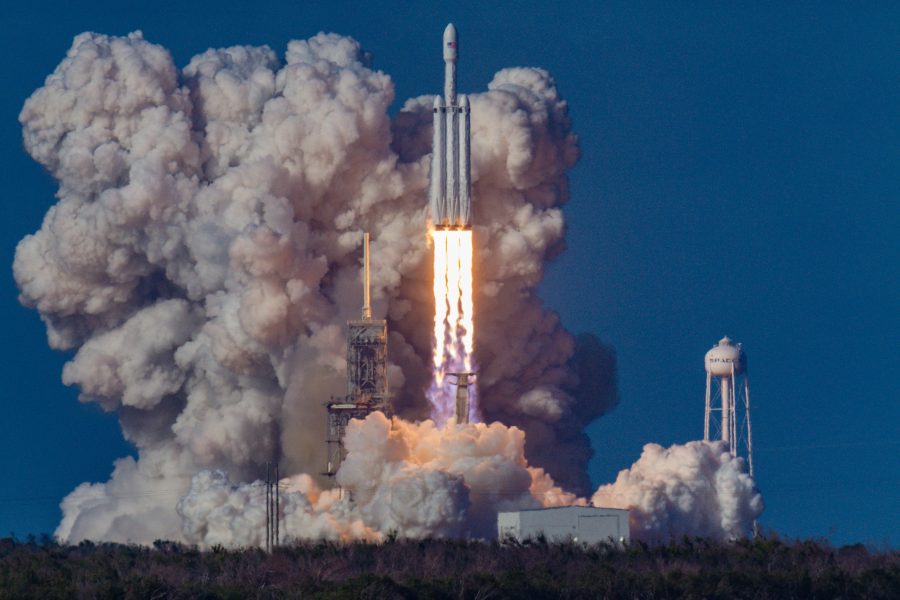By — Danny Kistner
Last Wednesday, SpaceX was able to successfully land their Starship SN10 prototype at their Texas facilities for several minutes, however shortly after, the rocket was engulfed in flames. The SN10 is the company’s third prototype (the other two being the SN9 and SN8) that are meant to closely resemble the top half of a rocket the team hopes to one day send to both the moon—and Mars—while carrying passengers and cargo alike, though they haven’t been the most successful in recent soft landings.
However, this did not stop SpaceX from being hopeful, technically the landing did complete the goal they had in mind, which was to test out the computer guided mechanics of the wing flaps that deploy during landing. The rocket reached 6.2 miles before its engines were shut off one at a time and while falling, employed what has been dubbed the “belly flop” maneuver, so that the “belly” of the rocket faced the ground. This is when the wing flaps were deployed and the rocket was reoriented in midair, from which it fell back down slowly to the landing pad below.
Indeed, the actual landing was recorded and posted online, though the explosion can’t be found in the official livestream, as it happened after the feed had already ended. Explosions, or as CEO Elon Musk calls them, a rapid unscheduled disassembly (RUD), are not new to the Starship. The last, aforementioned prototypes were less lucky and both exploded on impact to the landing pad, as they had not slowed down enough to land. This all occurred after a system crash when SpaceX first attempted to launch the rocket earlier in the day, as is stated in one of the feeds, however, neither Musk nor the company has confirmed what the cause of the explosion was, or whether or not it was intentional.
SpaceX principal integration engineer John Insprucker spoke on the live feed while the rocket landed, calling it a “success” and besides the explosion, as there were no passengers on board, the rocket did everything it needed to.
“As a reminder, the key point of today’s test flight was to gather the data on controlling the vehicle while reentering, and we were successful in doing so.”
— John Insprucker
Starship is one of the two large projects SpaceX has been working on, the second project being the Starlink internet satellite program, which is striving to create a low latency, broadband internet system. That said, Elon Musk has stated that he hopes for the Starship to be ready for human transportation by 2023, though with development only having started in 2019, it seems more and more unlikely.






